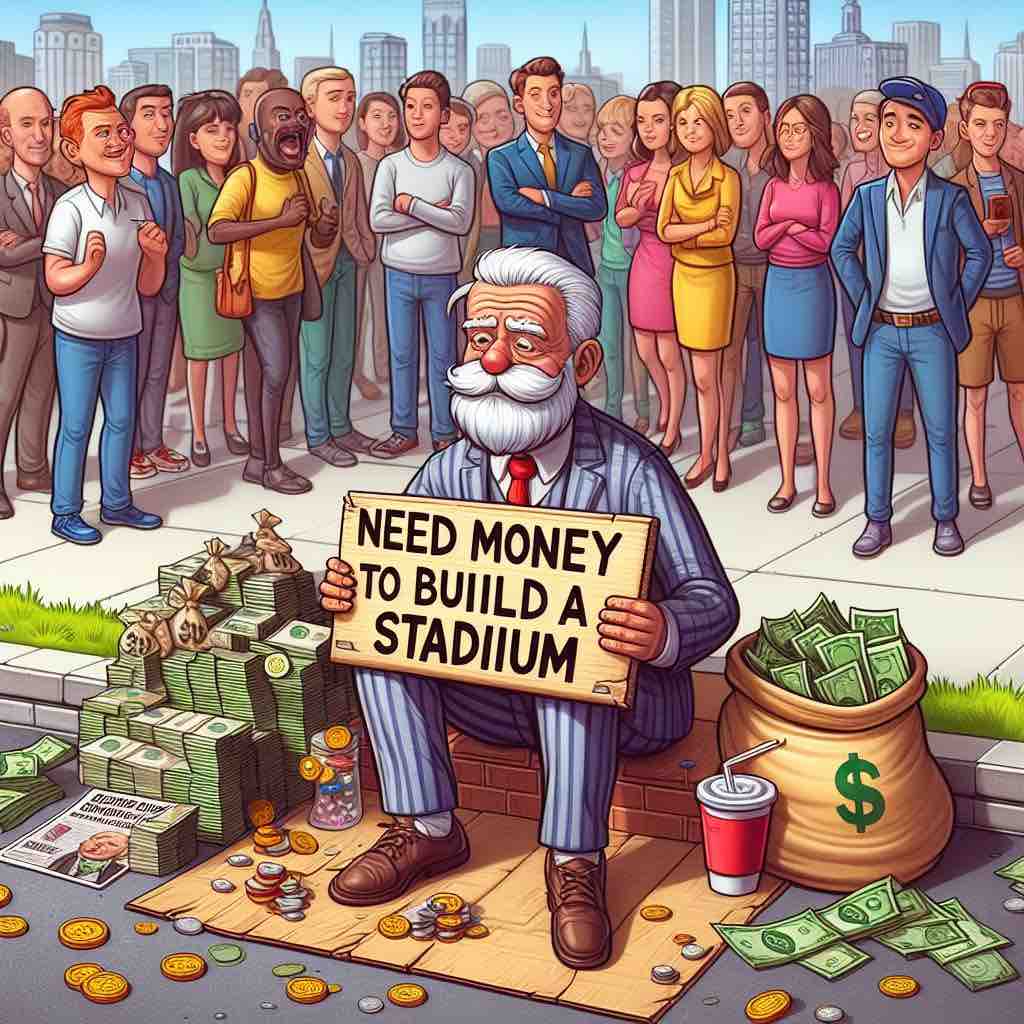The D.C. Council has advanced a deal involving public funding to bring the Washington Commanders back to the city. The proposal, which passed a first vote (9–3), includes significant public investment. At first glance, it looks like the Commanders are receiving $1.1 billion for their stadium. But that figure is just the tip of the iceberg. The team’s proposed return to D.C., with a new stadium at the RFK site, is tied to what may be the largest public sports subsidy in U.S. history—totaling over $6.6 billion across 30 years.
The deal includes $1.058 billion in direct city funding for infrastructure and non-stadium improvements, alongside more than $5.6 billion in tax breaks and rent subsidies spread over 30 years. These subsidies encompass full property tax exemptions, redirection of sales taxes on tickets and concessions, exemptions from deed recordation taxes, and a 90-year lease of the stadium site at a symbolic rate of $1 per year.
The Commanders have pledged to cover cost overruns, meet LEED environmental standards, invest $50 million in underserved communities, and launch a youth academy. But these commitments do not justify the scale of the public giveaway. This deal isn’t just about football—it’s about priorities. What else could $6.6 billion fund? Schools, transit, housing? If the stadium fails to deliver promised economic returns, taxpayers are left holding the bag. And if approved, this would set a precedent for the largest public sports subsidy in the nation.
We support sports. We support community. But we don’t support billionaires using public money to pad private profits. If the Commanders want to come home, they should do it on fair terms—not on the backs of D.C. residents.

